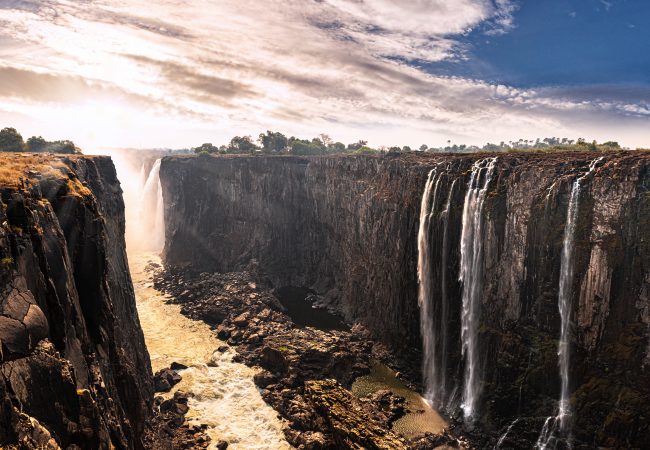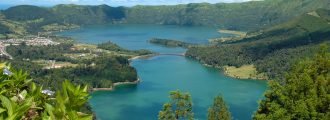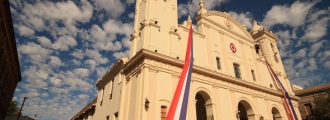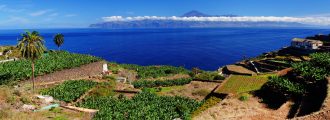A trip to Guyana

If you look at the Atlantic coast of South America, between Brazil, Venezuela, and Suriname you will discover the state of Guyana with its mountains and its valleys. High above peaks are the mountain Roraima-Tepui with 2810m. Through the landscapes, the main Essequibo River meanders northward, nourishing both the lush tropical rainforest and Potaro National Park.
Rainforest as far as the eye can see.
Don’t confuse it with French Guiana, which lies further east. The latter is a fully integrated part of the French state. Guyana, however, is autonomous and independent.
Once poor, it gained some prosperity due to its rich mineral resources. The soil, which is as diverse as the inhabitants and biodiversity.
The name of the country translates as „land of many waters“.
Only the mountain ranges in the south and west put a stop to the rivers.
Towards the coasts, swampy places await the traveler, where mostly rice, sugar cane, coconuts, and citrus fruits are cultivated. They represent the largest economic sector, next to mining.
The traveler must also be prepared for a humid climate and sultry temperatures. If you like temperatures between 20°C and 34°C, you will feel right at home in Guyana.
However, the rainy periods should not be underestimated. The dry seasons are recommended from February to April.
Popular destinations are especially the cities with their special flair. After the capital, Georgetown with about 20% of the population, the cities Linden, New Amsterdam, Anna Regina are visited mostly by the tourists that want to explore this unique country. Guyana’s culture lives on immigration. Thus, Indian and African influences make up the majority. On the other hand, less than 10% of the population is of indigenous origin.
Incidentally, in 2004 it was decided that the indigenous Waiwai people should have a protected area.
Their language is officially recognized, as well as eleven other languages. Besides English and Hindi, creolized English is used colloquially.
The culture is still influenced by the wild colonial history because Guyana changed its colony ruler several times. Thus, the capital was first called French Longchamps, then Dutch Stabroek, until it was named after the British King George III.
Georgetown is known for its architecture from the British colonial period, which includes the large colorful wooden Anglican church St. George’s Cathedral. A large clock adorns the tower of Stabroek Market, which sells local produce.
Nowadays, residents cultivate a passion for calypso music, which is culturally closely linked to the Caribbean, and for the sport of cricket. In the Bourda district, where the Providence Stadium is located, where the Cricket World Cup 2007 and the ICC World Twenty20 2010 opened, is the Guyana Zoological Park, which opened on January 1, 1952. Georgetown has been the capital of Guyana since 1966.
These and many other highlights await you in the capital. If you are traveling to Georgetown and the breathtaking country of Guyana, you need to try the local cuisine. The different influences of the colonization made an impact on the food as well.






